Economic expert Nguyen Van Hien, Vice Principal of Gia Dinh University, emphasized this when talking to reporters of Hanoi Moi Newspaper about the above issue.
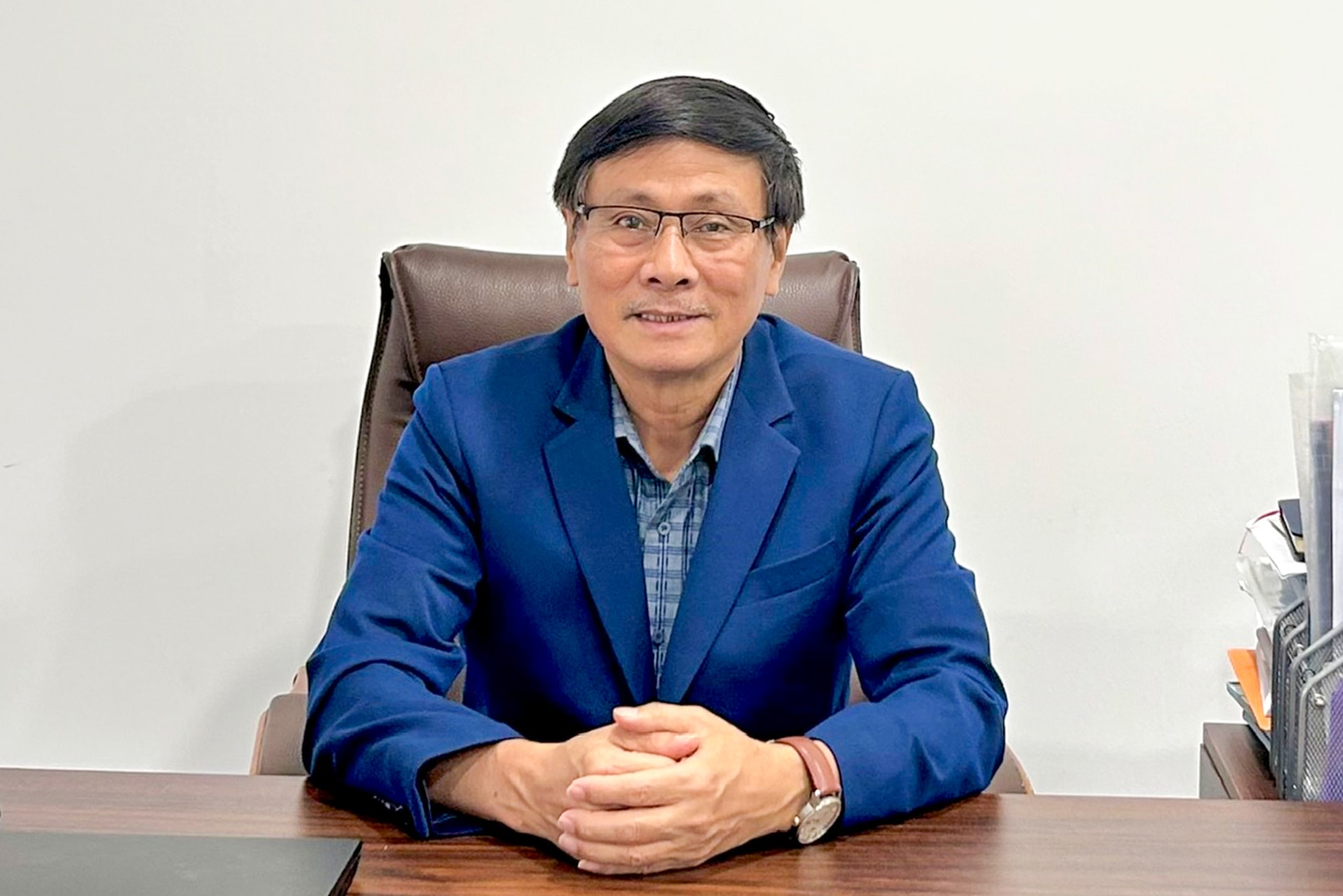
Disbursement of public investment capital reached 50% of the plan.
- According to data from the Ministry of Finance , by September 30, 2025, disbursement of public investment capital reached VND 440,402.3 billion, equivalent to about 50% of the plan assigned by the Prime Minister. How do you evaluate this result?
- The above disbursement results are a positive signal, because compared to the same period in 2024, the disbursement rate only reached 44.3%. A noteworthy point is that by the end of September, ministries, branches and localities had basically completed the allocation of public investment capital.
In my opinion, the improvement in disbursement rate this year is thanks to the Government's strong and consistent direction. With the particularly important role of public investment in promoting economic growth, the Ministry of Finance, together with ministries, branches and localities, have closely coordinated to remove difficulties and obstacles in the implementation process.
In particular, the Government and the Ministry of Finance have organized many conferences and online meetings to urge disbursement progress; Government and inter-sectoral working groups regularly work directly with localities to promptly handle problems.
These activities demonstrate determination, companionship and closeness in direction and management. Learning from experience from previous years, in 2025, ministries, branches and localities have proactively allocated capital plans very early from the beginning of the year. Thanks to that, investors have the conditions to prepare early for investment preparation such as site clearance, arrangement of counterpart capital, etc., helping to significantly improve disbursement progress.
In addition, the Government has also paid attention to and promoted institutional and administrative reform in the field of public investment. Rigid regulations have been reviewed and amended; the responsibility of leaders has been enhanced, contributing to improving proactiveness in management. Notably, many good models and creative ways of disbursing public investment capital have been replicated, helping to create momentum to promote disbursement progress in many localities, ministries and branches.
- You just mentioned the important role of public investment disbursement in economic growth. Could you tell us how public investment disbursement has contributed to GDP growth in the past 9 months?
- In principle, public investment has a positive and multi-dimensional impact on socio-economic development. When the disbursement progress is accelerated, public investment capital flowing into the economy will promote increased aggregate demand, while spreading to the supply sector of the economy. Specifically, public investment creates great demand for related service and production sectors such as construction materials, iron and steel, cement, transportation, etc., thereby activating the domestic production and consumption chain.
Thanks to that, in the first 9 months of 2025, Vietnam's GDP grew by 7.85%, the industrial production index increased by 9.1% - a fairly high increase compared to the same period of many years. Although GDP growth is affected by many factors such as exports, consumption and services..., public investment still plays an important "leverage" role, helping to maintain a stable growth rate, creating a chain effect to other sectors in the economy.
In addition, promoting the disbursement of public investment capital also contributes to stabilizing the macro economy. When public investment projects are implemented quickly, many production and business activities are started, creating more jobs and income for people, thereby stimulating domestic consumption and stabilizing the market. Partly thanks to that, the average CPI in the first 9 months of 2025 increased by only 3.27%, still within the target of controlling inflation. This result shows that public investment not only supports growth but also contributes to stabilizing prices and the macro economy.
Resolutely implement solutions
- The Government aims to achieve a disbursement rate of 100% of the public investment capital plan in 2025. Is this target feasible and why, sir?
- In 2025, the scale of public investment capital of the whole country will reach nearly 900 trillion VND - a record high level ever. Along with that, the Government sets a target of disbursing 100% of the capital plan. This is a bold and almost unprecedented target. However, with the experience of managing public investment policies in recent years plus the positive results achieved in the first 9 months of the year, and the fourth quarter is usually the peak period of public investment disbursement, I believe that this target can be achieved if ministries, branches and localities act decisively, synchronously and effectively.
However, the challenge remains enormous. By the end of September, we had only disbursed about 50% of the plan, meaning that in the last 3 months of the year we must disburse the remaining 50% - equivalent to a disbursement rate twice the average of the previous 9 months. In addition, some ministries, sectors and localities with low disbursement rates since the beginning of the year will have to make great efforts to "sprint" in the fourth quarter. This depends not only on political determination, but also on management capacity, institutions, and local characteristics.
Another factor to note is that the long-term implementation of the two-tier local government model will facilitate direction, shorten intermediaries, and help speed up the disbursement of public investment. However, in the initial phase of operation, the new apparatus is not really smooth and synchronous, and officials are not yet familiar with the new processes and responsibilities, which partly affects the efficiency of public investment capital management.
- So to achieve the above goal, what strong solutions need to be implemented, sir?
- This is an extremely heavy task. In my opinion, it is necessary to synchronously and drastically deploy a number of groups of solutions:
Firstly, there must be the highest political determination of the entire system, from the Government, ministries, branches to local authorities. All levels and branches need to clearly define the responsibilities of leaders in directing, urging and taking direct responsibility for the progress of public investment disbursement in their units.
Second, focus on immediately removing "bottlenecks" in large, key national projects - because these are projects that absorb high capital and have strong spillover effects on the economy. The Government and ministries and branches need to continue to organize special working groups, work directly with localities and contractors to promptly handle problems related to procedures, land, counterpart funds, construction materials, etc.
Third, increase flexibility in managing public investment capital. The Ministry of Finance needs to advise the Government on a more flexible capital transfer mechanism between projects, especially within localities or ministries and branches where there is a difference in disbursement progress. Instead of having to wait for approval at many levels, it is possible to give localities more initiative in transferring capital, while strengthening the post-audit mechanism to ensure strict but flexible management.
Fourth, it is necessary to ensure the supply and stabilize the price of construction materials, especially important construction materials related to project construction. Ministries, branches and localities need to coordinate closely in coordinating the supply of materials such as sand, stone, cement, steel, etc., avoiding local shortages or speculation, pushing up prices at the end of the year. When the supply is guaranteed, contractors will have the conditions to continuously construct without interruption of progress.
Fifth, the State Bank should have a short-term credit policy to support contractors implementing public investment projects, especially in the context of high working capital demand in the last months of the year. This policy helps construction enterprises have enough financial resources to maintain operations and avoid project interruptions due to temporary capital shortages.
Finally, it is necessary to consider public investment disbursement as one of the important "measures" in assessing the level of task completion of each individual, unit, and locality. Linking disbursement results with responsibilities, rewards and discipline will create real motivation and promote proactiveness and responsibility throughout the system.
Thank you very much!
Source: https://hanoimoi.vn/chuyen-gia-kinh-te-nguyen-van-hien-can-trien-dei-dong-bo-va-quyet-liet-mot-so-nhom-giai-phap-721848.html


![[Photo] Panorama of the Patriotic Emulation Congress of Nhan Dan Newspaper for the period 2025-2030](https://vphoto.vietnam.vn/thumb/1200x675/vietnam/resource/IMAGE/2025/11/04/1762252775462_ndo_br_dhthiduayeuncbaond-6125-jpg.webp)

![[Photo] Opening of the 14th Conference of the 13th Party Central Committee](https://vphoto.vietnam.vn/thumb/1200x675/vietnam/resource/IMAGE/2025/11/05/1762310995216_a5-bnd-5742-5255-jpg.webp)



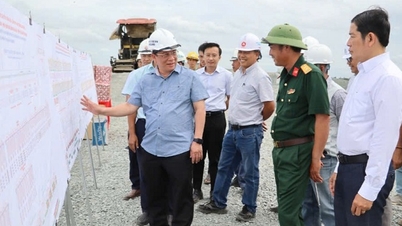





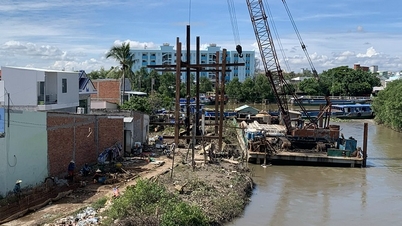
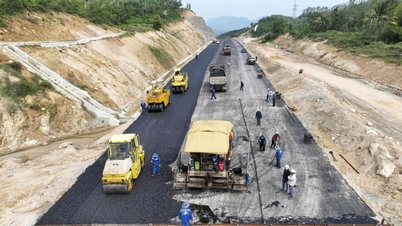



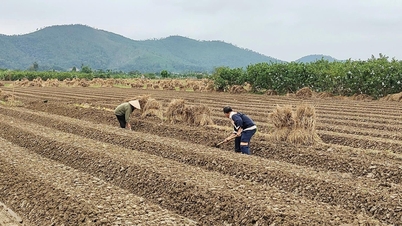

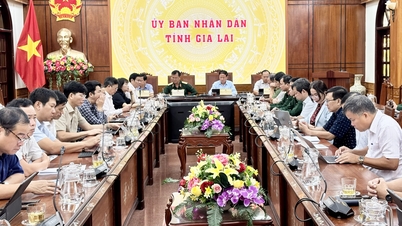




































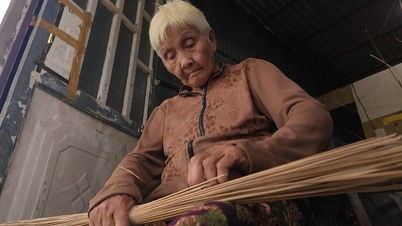














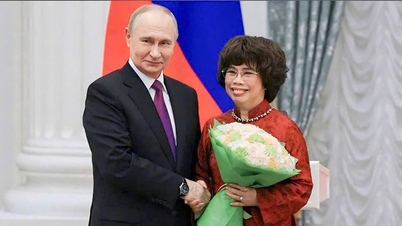

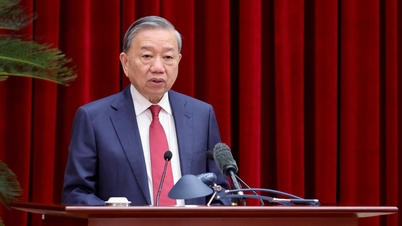


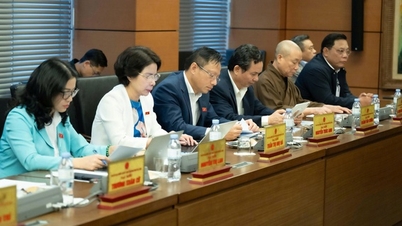





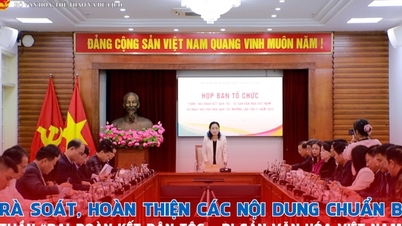























Comment (0)